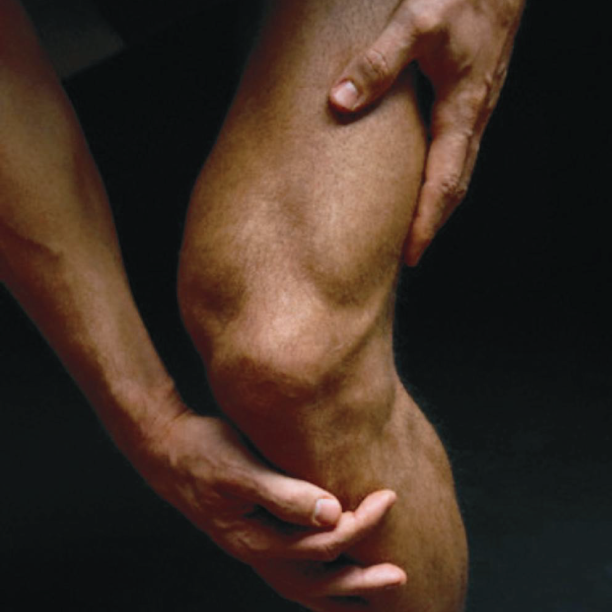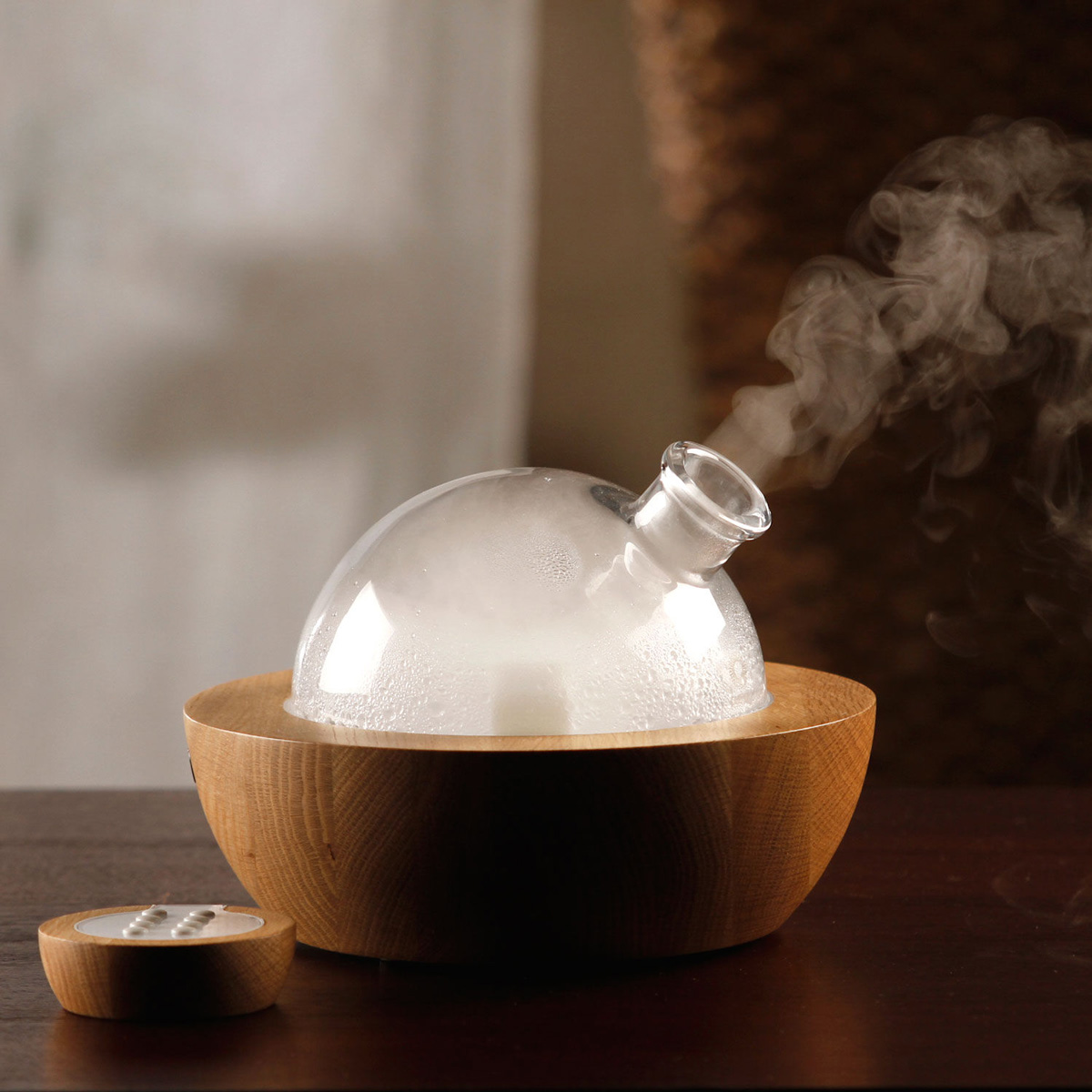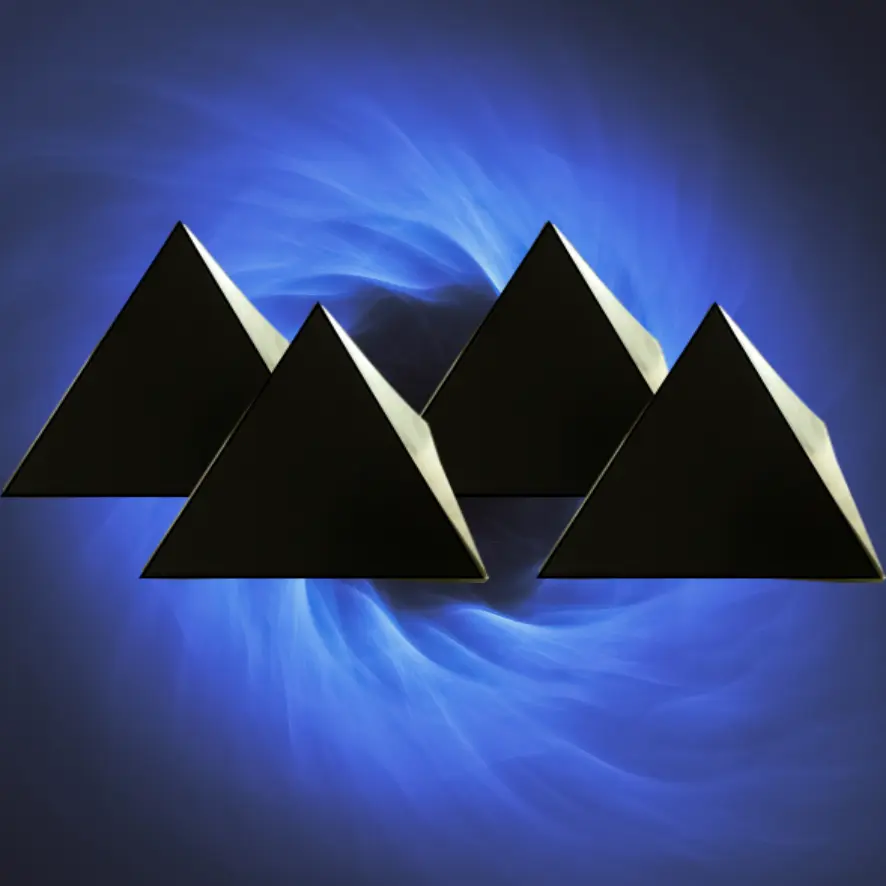Imagine living your life with more ease, less pain, and the ability to handle daily stressors more easily. If there was a healing modality that could help take away your pain and lessen your stress, would you want to give it a try? Craniosacral therapy (CST) can give you that wonderful relief. Let me explain a bit more about this remarkable therapy and you can decide if it would be beneficial for you to give it a try and start living a life with less stress, pain and more ease.
Dr John Upledger, founder of craniosacral therapy, studied at Michigan State University from 1975 to 1983. It was here that he worked as the Professor of Biomechanics and as a clinical researcher. As stated on Dr Upledger’s website, www.upledger.com, “By complementing the body’s natural healing processes, CST is increasingly used as a preventive health measure for its ability to bolster resistance to disease, and is effective for a wide range of medical problems associated with pain and dysfunction.”
The Upledger Institute located in Palm Beach Gardens, Florida and is the leader of noninvasive training therapies in the world. It is through this institute’s programs that I received my craniosacral therapy training.
Craniosacral therapy has proven to be extremely beneficial for problems such as headaches/migraines, back aches, neck aches, other bodily chronic/acute pain, stress, anxiety disorders, and learning disorders, just to name a few. Craniosacral therapy has the ability to get to the core of what is causing problems and help to relieve the pain and dysfunction people are experiencing.
Practitioners who are trained in CST can range from massage therapists to physical therapists to individuals who want to learn the techniques to help friends and family. Therapists who are trained in this modality are able to sense or find areas on the client’s body where energy is blocked or there are restrictions in the muscles or fascia that need to be released. Our bodies are made up of energy that moves and pulses at different rates depending on restrictions in the fascia or other places in the body. Craniosacral practitioners are specially trained to find and correct these imbalances by helping the cerebrospinal fluid flow more correctly.
The Craniosacral rhythm is felt as a wave motion moving side to side. When an area is restricted or blocked, the rhythm sometimes feels jittery, uneven, or irregular. Using an extremely light touch, therapists hold areas that are restricted or not moving correctly and follow the movement of the fascia and/or energy and patiently wait for restrictions to let go.
Craniosacral therapy works with your cerebrospinal fluid and helps that to flow more correctly. When the cerebrospinal fluid can flow correctly, other bodily processes are able to function more efficiently, thereby reducing pain and dysfunction and helping people live with less stress and more ease. Cerebrospinal fluid is what nourishes the brain and spinal cord.
According to Dr. John Upledger on http://www.shareguide.com/Upledger.html, “Craniosacral therapy is a very soft touch, hands-on method of treatment. It deals with what we have named the craniosacral system which is composed of a membrane that is waterproof that encases the brain and spinal cord and carries within it cerebrospinal fluid. The pressure and volume of the fluid go up and down. That makes it a hydraulic system, which needs to be free to move all the time because the fluid should be moving and bringing nutrients to all the neurons and taking away wastes and so forth. With Craniosacral therapy, we have several entries into this system–most of them through bony attachments or through direction of energy or pulling of fascia–for alleviating any restrictions that might have accumulated due to injuries or illnesses. This therapy improves the health of the brain and spinal cord, which in turn, affects the whole body.”
Craniosacral therapy is a full body treatment. Clients are asked to lie on a massage table while remaining fully clothed. The therapist then places his or her hands on different areas of the client’s body where they sense the rhythm is off. The therapist then holds that area with a touch not usually greater than five grams or the weight of a nickel and waits for the fascia (connective tissue surrounding muscles, organs, bones, nerves, etc.) to release. The release may be felt as heat coming off from the body, softening, pulsing, etc. Restrictions occurring anywhere on the body can cause problems in a completely different place. Restrictions in the neck may be causing low back or sacral problems. A problem in the foot may be causing issues in the low back/gluteal regions. Restrictions in the actual cranial bones can be causing headaches/migraines, neck aches, ear aches, emotional difficulties, and learning difficulties as well as other problems. Craniosacral therapy has a way of showing us that everything is definitely connected.
weight of a nickel and waits for the fascia (connective tissue surrounding muscles, organs, bones, nerves, etc.) to release. The release may be felt as heat coming off from the body, softening, pulsing, etc. Restrictions occurring anywhere on the body can cause problems in a completely different place. Restrictions in the neck may be causing low back or sacral problems. A problem in the foot may be causing issues in the low back/gluteal regions. Restrictions in the actual cranial bones can be causing headaches/migraines, neck aches, ear aches, emotional difficulties, and learning difficulties as well as other problems. Craniosacral therapy has a way of showing us that everything is definitely connected.
As humans we tend to hold on to emotions from events in our lives. By holding on to emotions and not having an efficient way to let them go, restrictions or pain are created in our bodies. We all know this to be true, but we don’t often pause to realize just how many unexpressed emotions, painful memories, and stress are actually held within our bodies. Take a moment right now to think of a current stress in your life or a previous painful memory. What do you notice within your body? Can you feel the subtle (or perhaps not so subtle) tightness anywhere?
Through SER (SomatoEmotional Release) those restrictions and emotions have a safe way of releasing from the body. SomatoEmotional Release is another component of CST. It is through SER that the residual effects of trauma that people have gone through in their lives can safely and effectively release. SER allows our bodies to let go of past trauma by unwinding and allowing what is ready to release to finally come out. SomatoEmotional Release can be a different experience for each and every person. It’s hard to tell how a person needs to release restrictions that have been causing them any kind of pain. Sometimes dialogue is done between the therapist and client, working together to come up with the best way to let the emotions go. Other times clients are silent while the therapist follows the way that their bodies want to move and gently assists them in that process, allowing the restrictions and emotions to release.
I am extremely passionate about craniosacral therapy and have been practicing this modality since 2003. After being in a serious car crash when I was younger, I dealt with chronic pain (headaches as well as other bodily pain) for years. Craniosacral therapy was one of the first stepping stones on my recovery path that started to open things up and show me what it would be like to not have to spend every day in constant pain. The mixture of structural and emotional releases that were happening in my body allowed a good portion of the pain to release. I was hooked and knew that I wanted to learn this amazing technique and to be able to give other people the relief that I was receiving.
If you are in some state of discomfort or pain in your life, this may be a modality that can help you in the same types of ways it helped me. Until you are no longer in pain or discomfort, it’s often difficult to realize just how much of your time and energy could be powerfully used in other areas of living the life you really want to live!













































